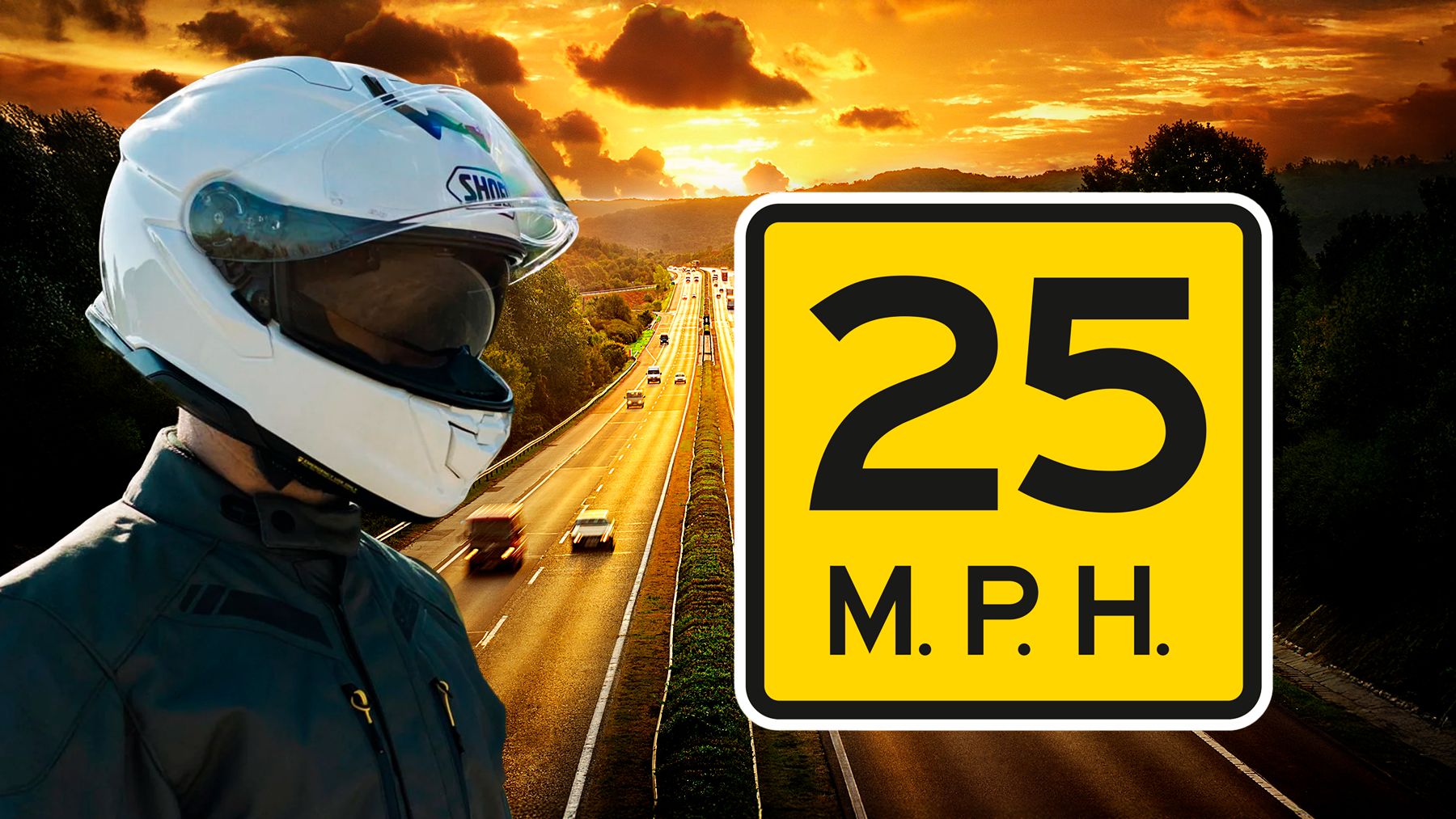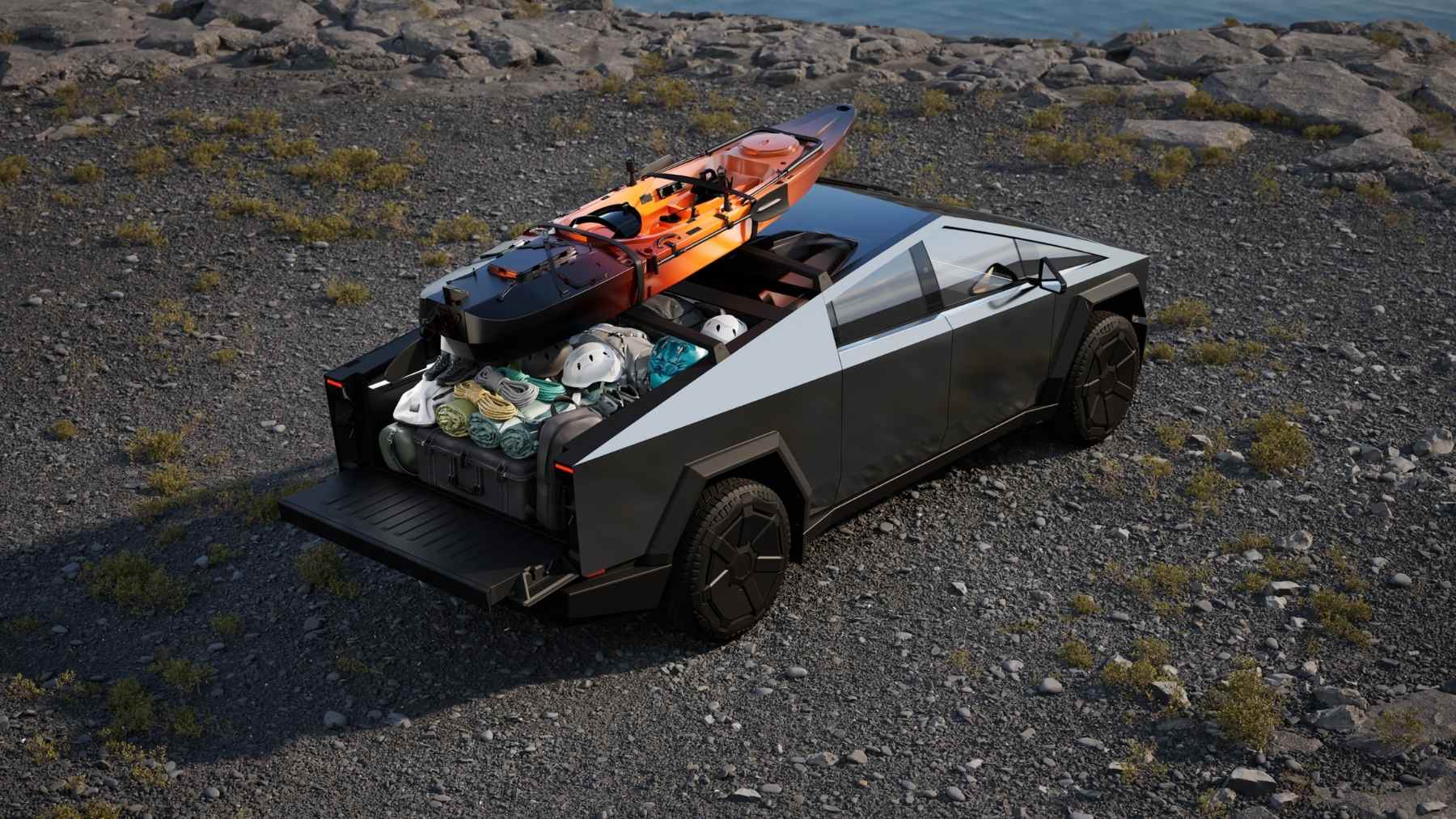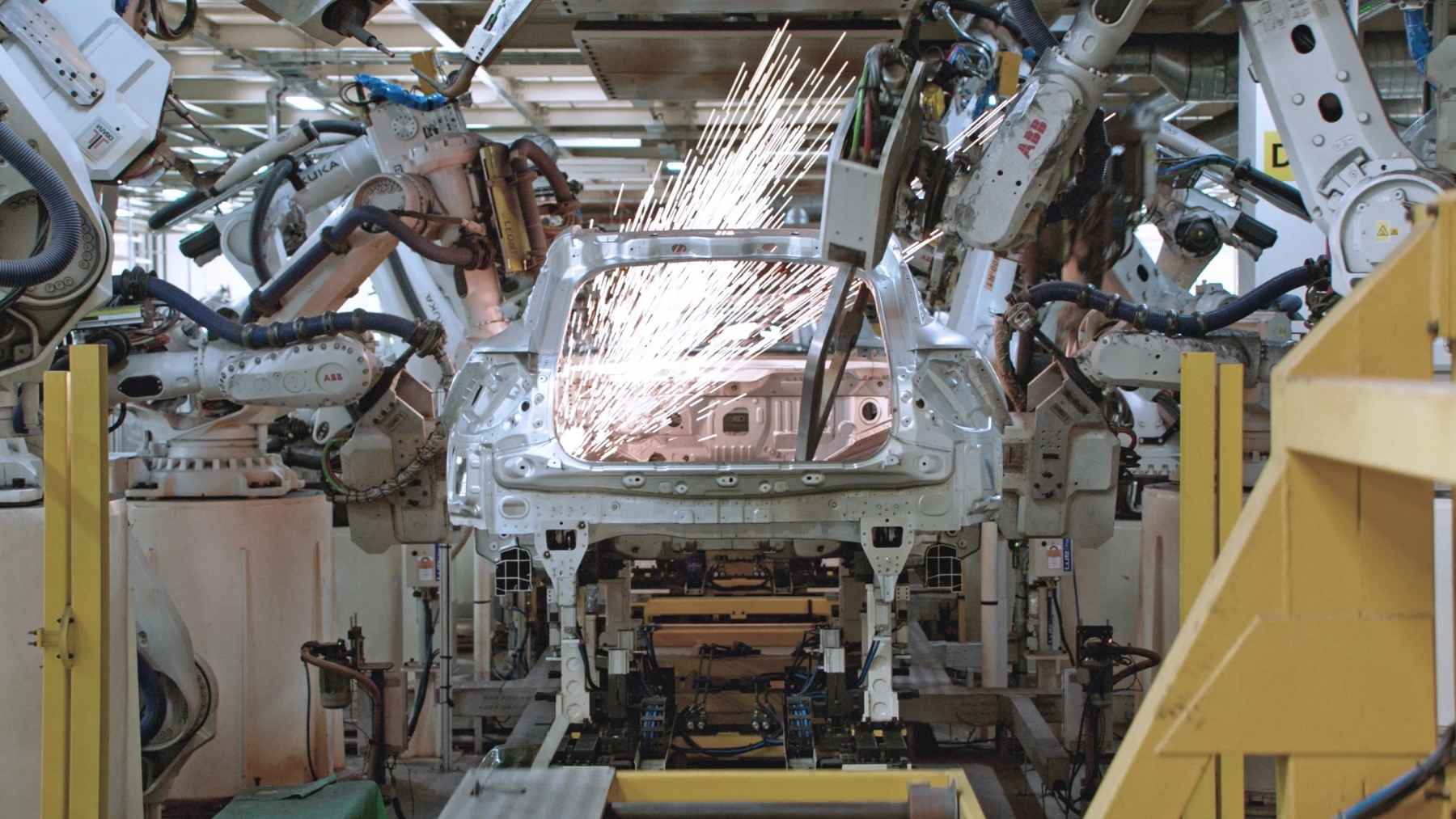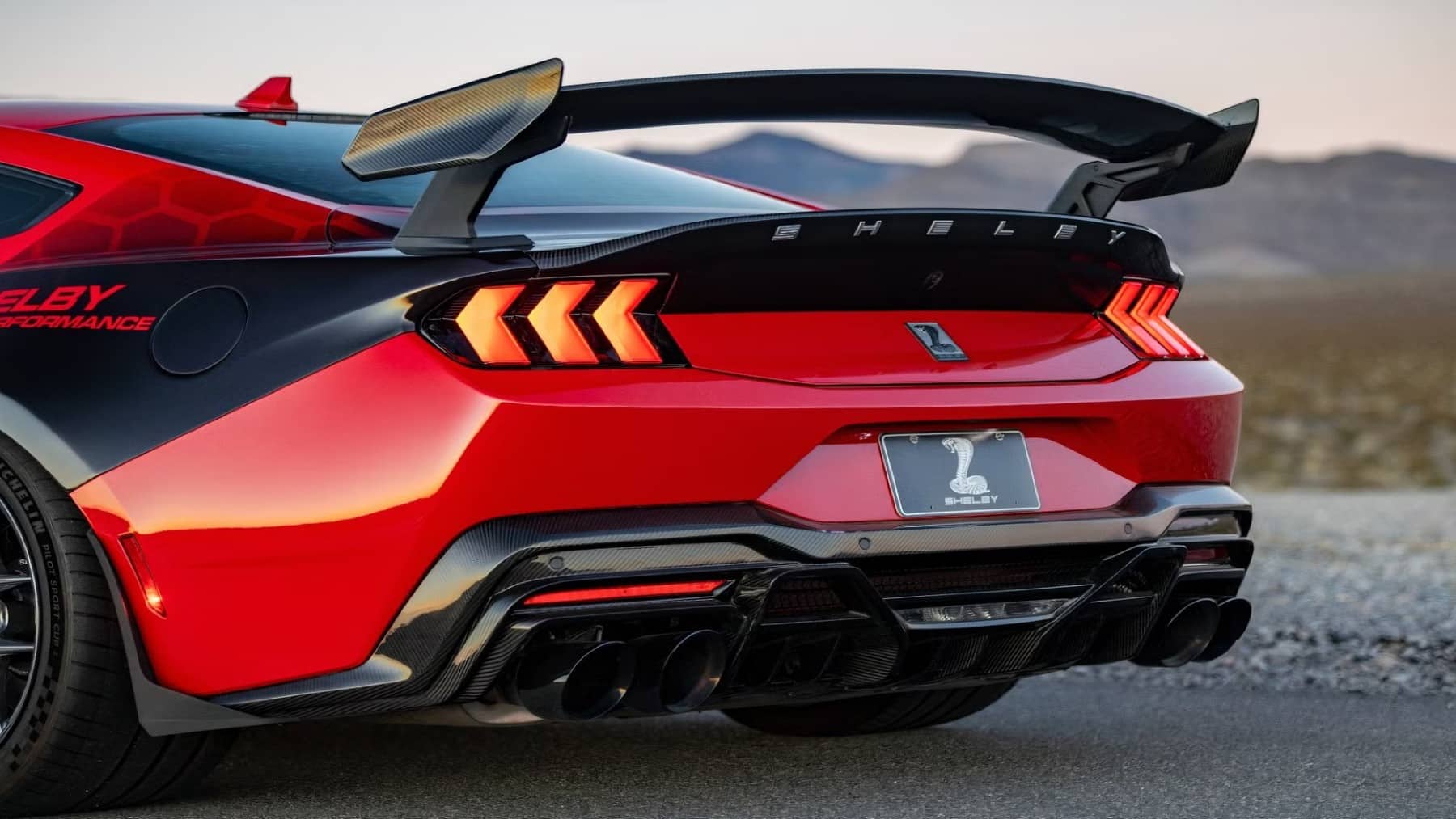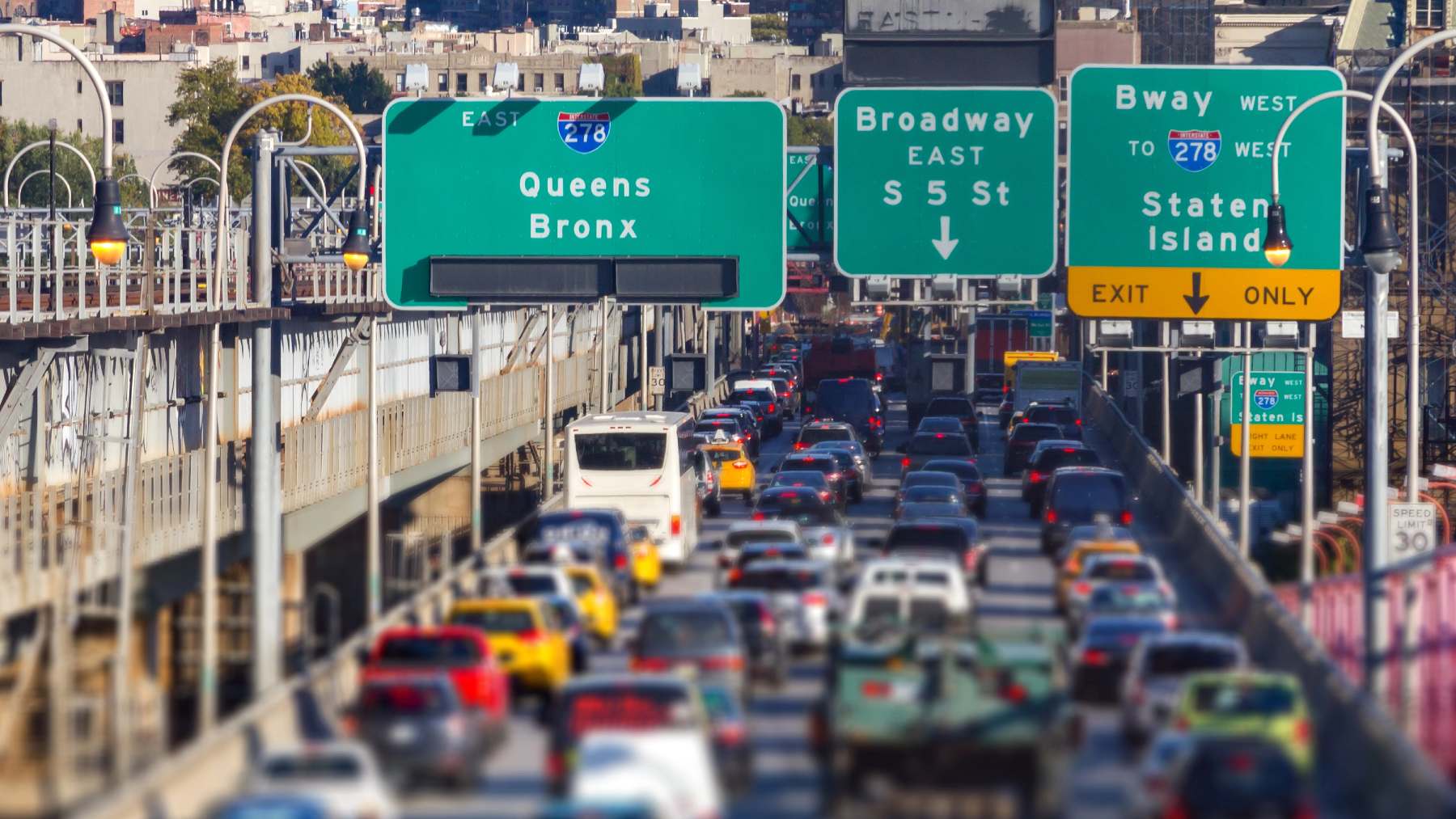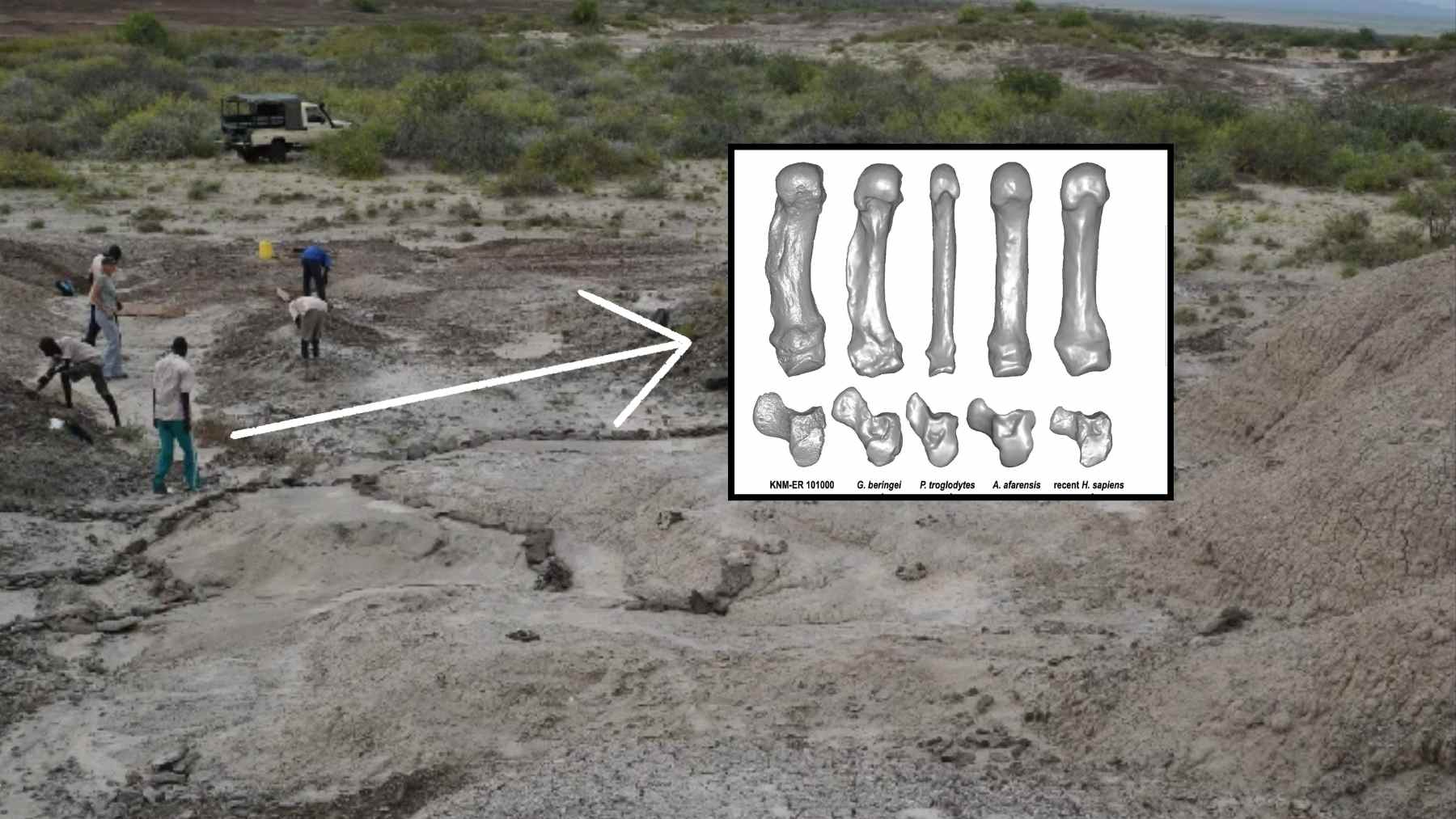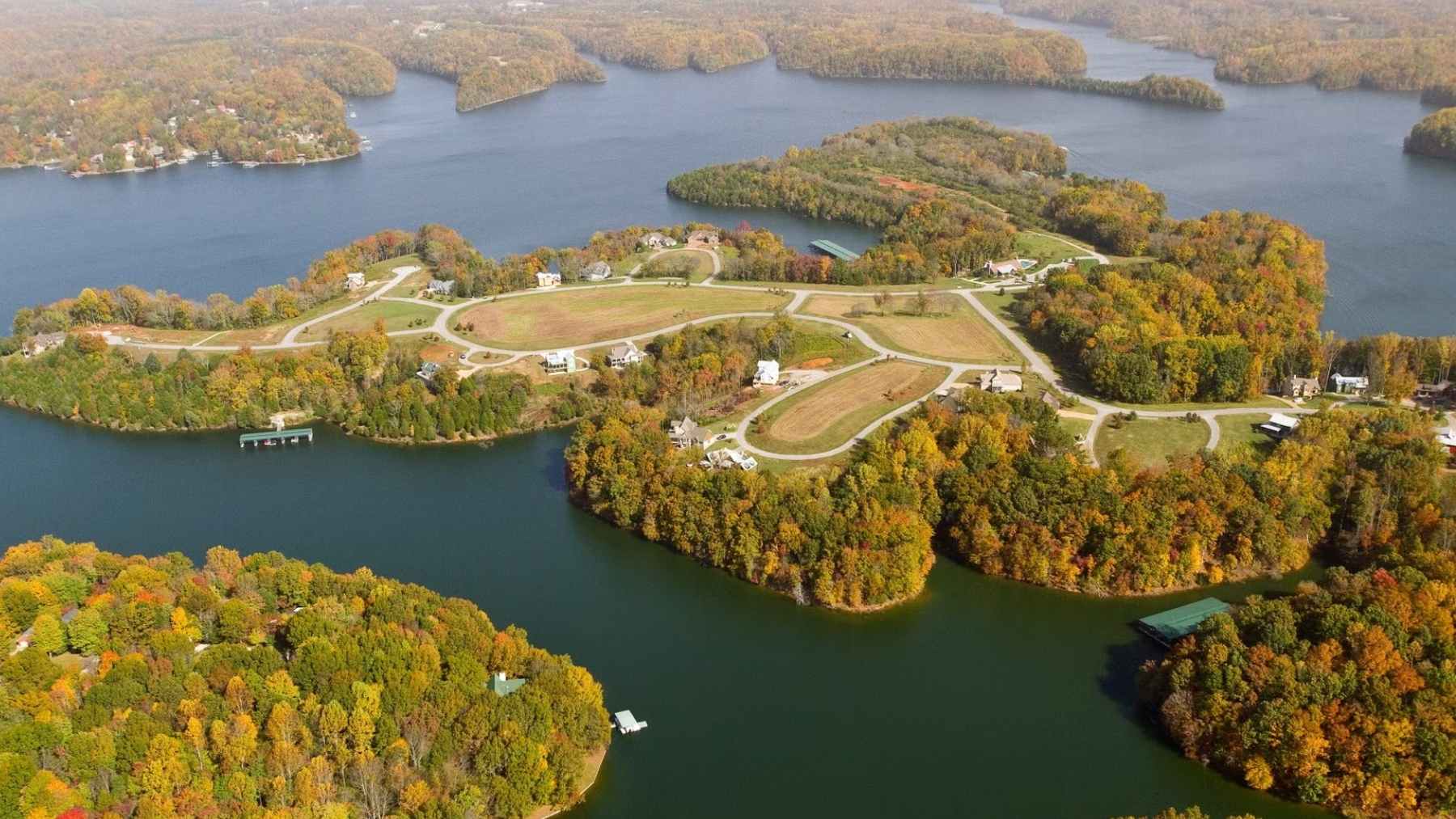When it comes to safety on the road, laws and regulations are constantly being updated and changed across states to ensure the safety of all road users. However, there often exists contention between different types of road users, particularly when it comes to motorcyclists and drivers. One state has decided to update its policies regarding specific rules for motorcyclists to make the roads safer, but also to reduce traffic congestion and have a clearer consensus on motorcyclists’ conduct.
Tension between motorcyclists and drivers
While the warfare between cyclists and drivers is usually the headliner when it comes to tension between road users, motorcyclists also receive a fair share of aggression and frustration from vehicle drivers. One source of this frustration is when motorcyclists lane-split or filter. Lane-splitting refers to when a motorcyclist rides between two lanes of slow moving or stopped traffic, whereas lane-filtering refers to when a motorcyclist is when a motorcyclist moves to the front of a traffic queue, usually at intersections.
Currently, states have the ability to make independent decisions on whether or not motorcyclists are allowed to lane-split or filter. The majority of states either do not allow the two practices or do not make explicit reference to it. The problem with this becomes that some motorcyclists do it while others do not, which can cause frustration from vehicle drivers by creating inconsistent expectations on the road.
The following states currently allow lane-splitting or filtering:
- California: Both lane-splitting and filtering
- Utah: Only lane filtering
- Montana: Lane filtering is legal under specific low-speed conditions
- Arizona: Lane filtering is legal only
- Colorado: Lane filtering is legal only
This state is to legalize lane-splitting within parameters
Minnesota has recently announced that it will be joining those states that legalize lane-splitting and filtering, albeit within specific parameters. Previously, lane-splitting was prohibited altogether in the state. The new legislation is intended not only to reduce traffic congestion but also to increase the safety of motorcyclists by preventing them from being rear-ended by distracted drivers.
“With this new ability to filter through slow-moving traffic and at stoplights, riders in Minnesota will benefit from increased safety on the open road,” AMA Central States Representative Nick Sands said. “The recent successes of lane-filtering legislation passing into law in Colorado and Minnesota signal excellent momentum for our efforts in that space, and the overall well-being of our road-riding members.”
According to the Minnesota Motorcycle Safety Center, motorcyclists will only be allowed to lane-split in slow-moving traffic, and can only do so if they remain under 25mph and cannot exceed 15mph faster than moving vehicles. They can also only do so on multi-lane highways.
New regulations to keep drivers safe
While there remains disagreement between policymakers on whether or not lane-filtering or splitting makes the roads safer for motorcyclists or not, the legislation is an example in which unconventional or counterintuitive safety measures may be more beneficial than banning certain practices altogether. Another example of this type of policy making is increasing speed limits as opposed to decreasing them.
While speeding is noted for being one of the most prevalent causes of road accidents and fatalities, slow driving can be just as dangerous, particularly on interstates and highways. When there is a wide discrepancy between a slower driver and a faster driver, even if both are within the legal limits, the faster driver may be forced to take on more risks to avoid the slower driver, such as braking suddenly or switching lanes. By increasing the speed limit, it forces slower and more cautious drivers to travel at more consistent speeds, to what the majority of drivers are driving at, to prevent this type of reckless driving.
